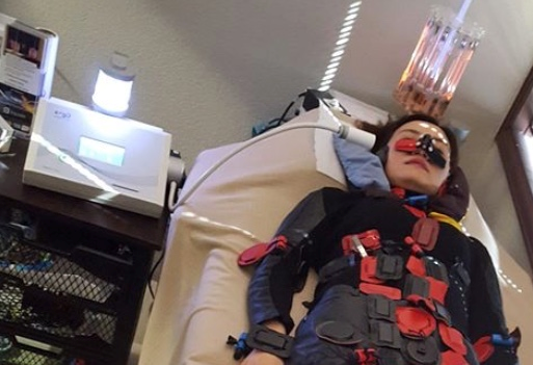NanoVi™ technology already makes it possible to improve protein activities without knowing each protein’s folded shapes, its function, or even its name.
https://eng3corp.com/wp-content/uploads/2020/04/Unfolded.png
Let’s get two long-standing clichés out of the way. Amino acids are “the building blocks of life” and proteins are “the workhorses of the cell”. Essentially, proteins do all the work and are built out of amino acids. The amino acids, proteins, and other cell components are immersed in water, which makes up water 99% of the molecules and about 55-60% of the weight of a healthy adult. This water plays an essential role in building proteins out of amino acids.
We know of 22 amino acids, only 20 are used to build us humans and most of the rest of life on this planet. Each protein is some combination of only 20 different amino acids.[1]
Despite the fact that they all stem from only 20 amino acids, proteins are mind-bogglingly complex. To make each type of protein you must have a precise number of amino acids of the right type arranged in the correct order. About 200 amino acids is typical for most proteins but some, like collagen, use far more. To make a collagen protein, which is the most abundant protein in the body, you need 1,055 amino acids. Every one of them has to be the correct type in precisely the right order. But lining them up is not the hard part, it’s what comes next that is truly phenomenal.
For proteins to function, precise chains of amino acids must fold into complex 3-D structures. There can be rotation, kinks, and bends between any two amino acids in the chain. This means any part of the chain can head off in any direction at any angle. The possible shapes that could be formed by the chain of amino acids is virtually unlimited. The “chemical origami” of a folded protein is truly a work of art.
Your Content Goes Here
Fortunately, you can improve protein folding and function right now. You don’t have to wait for scientists to identify various proteins or figure out their shape. NanoVi technology improves the cellular environment for all proteins in a way that allows them to fold more readily. It doesn’t matter what the protein is called, its 3-D shape or its purpose, it just needs to do its job, and this is where the NanoVi can make a big difference. The NanoVi device works by influencing the cellular water to make it more ordered. Proteins rely on the ordered water to fold so the NanoVi device assists protein folding process. Improving overall protein function positively affects how you feel and how you can perform. Today. Why wait for scientists to unravel the mysteries of proteomics?

If you’d like to learn more about the NanoVi device, its proven benefits, and the price, sign in below.
If you have any questions about how NanoVi complements oxygen therapies – or anything else, please put a note in the comments box.
[1] Appling, D., Anthony-Cahill, S., Mathews, C. (2016) Biochemistry Concepts and Connections, Pearson Education Limited, p. 23
[2] Bailey, R. (2018) The Function and Structure of Proteins. ThoughtCo, Jun. 22.
[3] Marshal, M. (2011) First life: The search for the first replicator. New Scientist. August 2011.
[4] Everts, S. (2017) Protein folding: Much more intricate than we thought. Chemical and Engineering News Vol. 95 Issue 31, pp. 32-38.
[5] Editorial. (2017) The Guardian view on protein modelling: the answer to life, the universe and everything. April 19.

